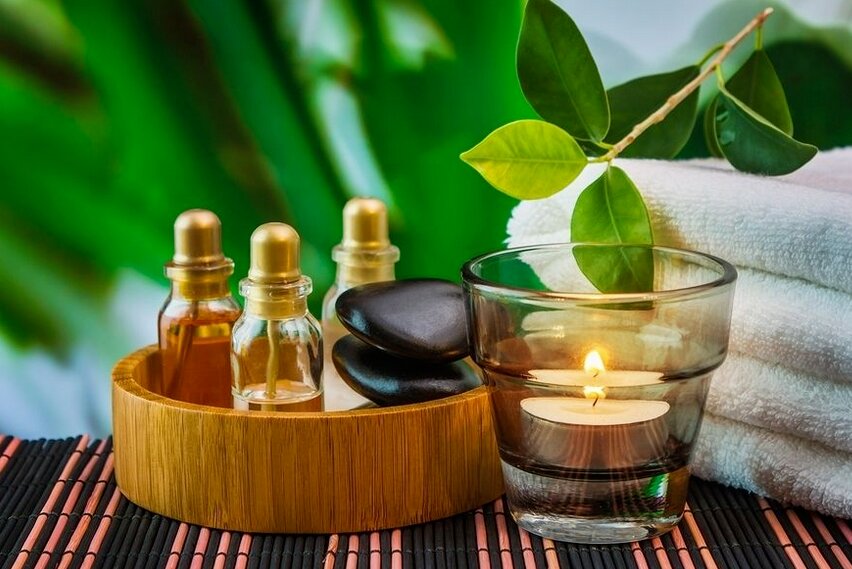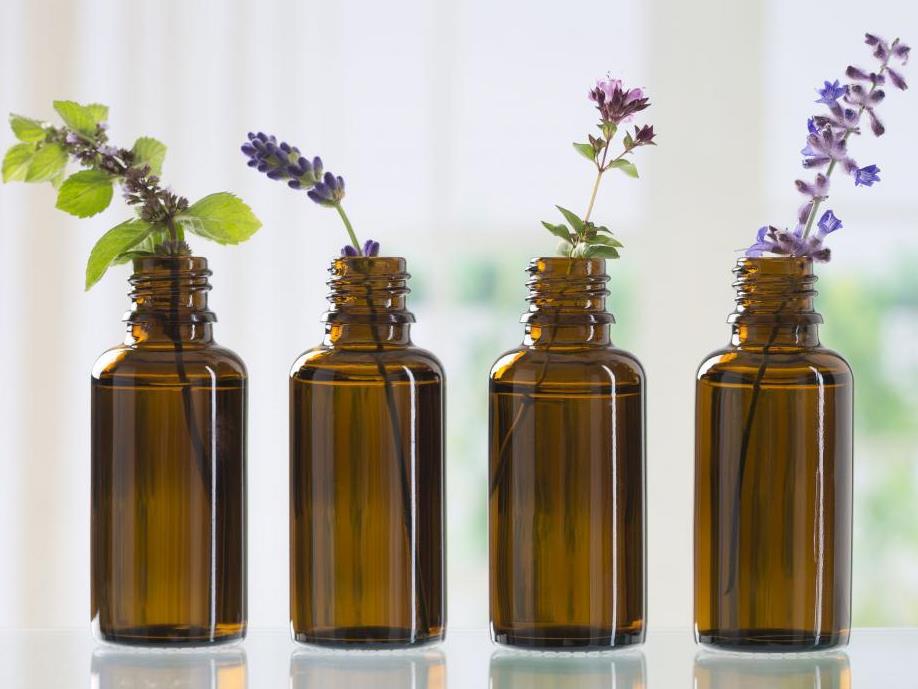Rating of the best blackcurrant varieties for the Moscow region for 2022
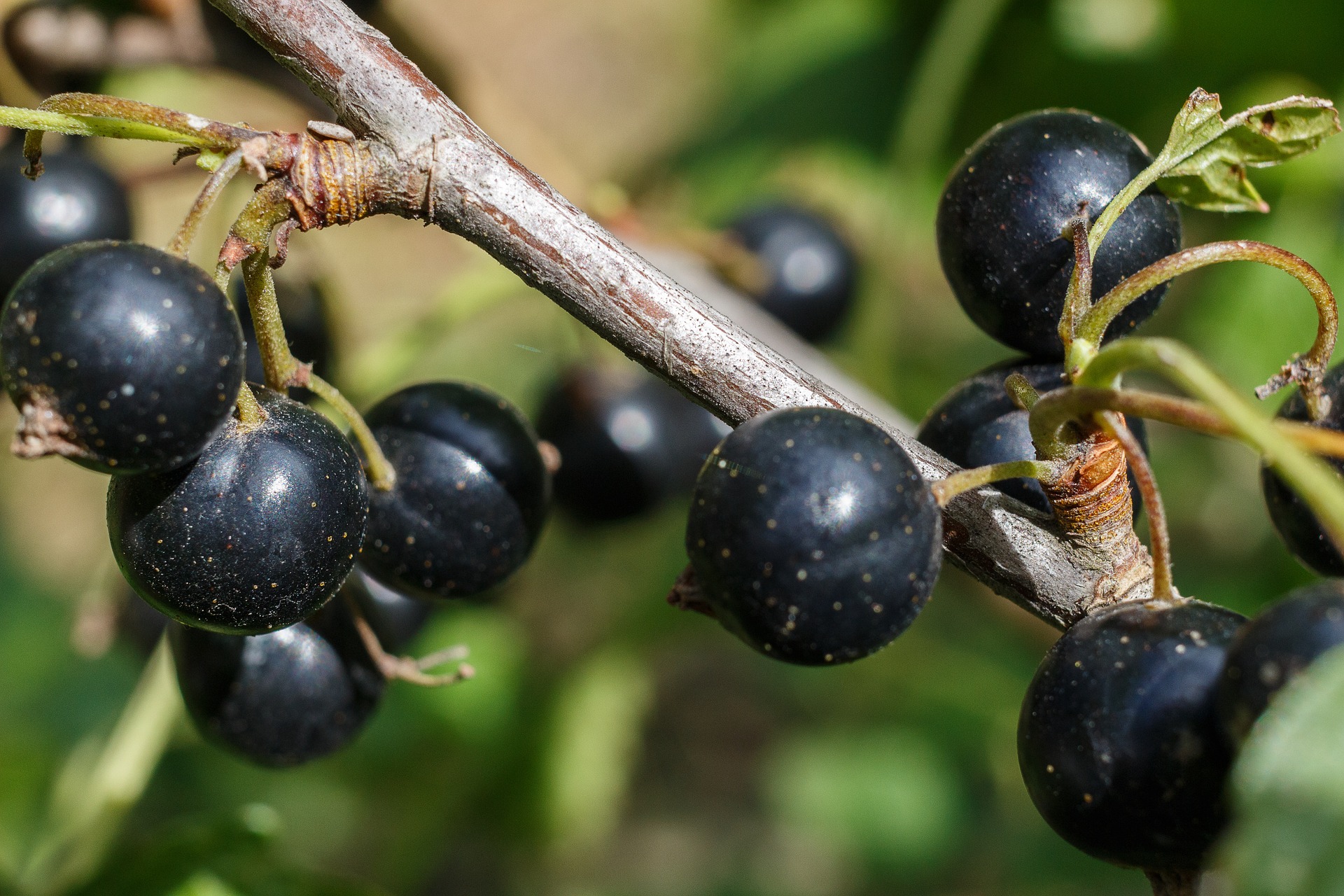
Passion for gardening and horticulture in Russia is experiencing a new wave. Citizens strive for the city, for fresh air, and the oversaturation of food products with industrial additives creates a need for healthy food grown in their backyard. Berries have always occupied a special place in the diet. Their use, both fresh and in the form of various preparations, beats all records. The beginning of the cultivation of fruitful shrubs was laid by the monks in their sketes. Gradually, the hobby migrated into private hands. Today, currants, perhaps, are in every dacha, and the number of recipes for its preservation, use in fresh, frozen form cannot be counted. Below we will talk about the best varieties of blackcurrant for the Moscow region.
Its name comes from the word "stench" - or a strong smell, due to the high content of essential oils.
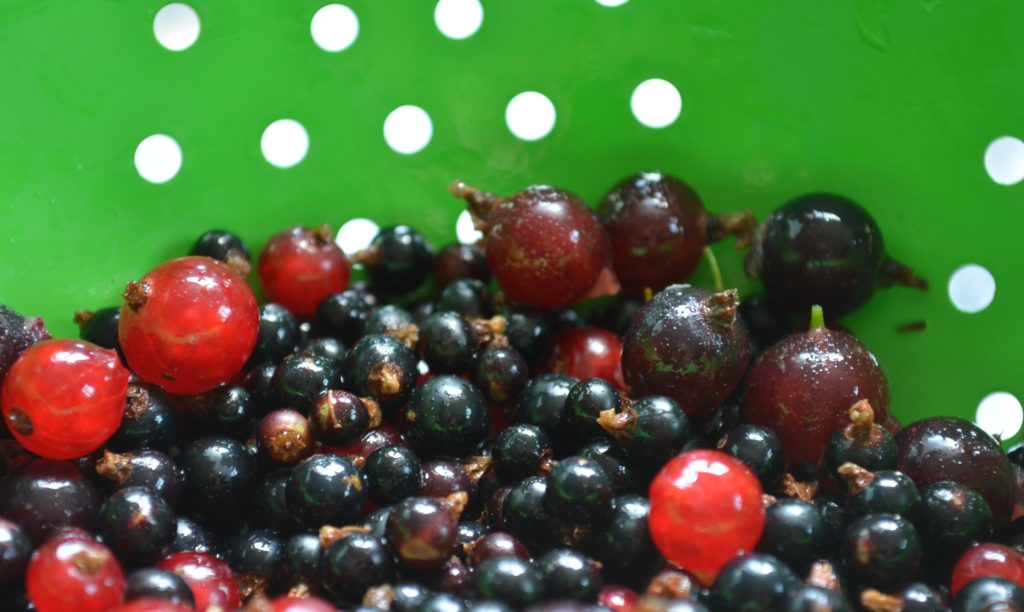
Content
How to choose the right shrub
Important selection criteria include several characteristics that will affect the cultivation and production of fruits.
Classification
The whole variety of currants can be divided into the following types:
- black;
- Red;
- White;
- Golden;
- Alpine;
- Icy;
- Dikusha.
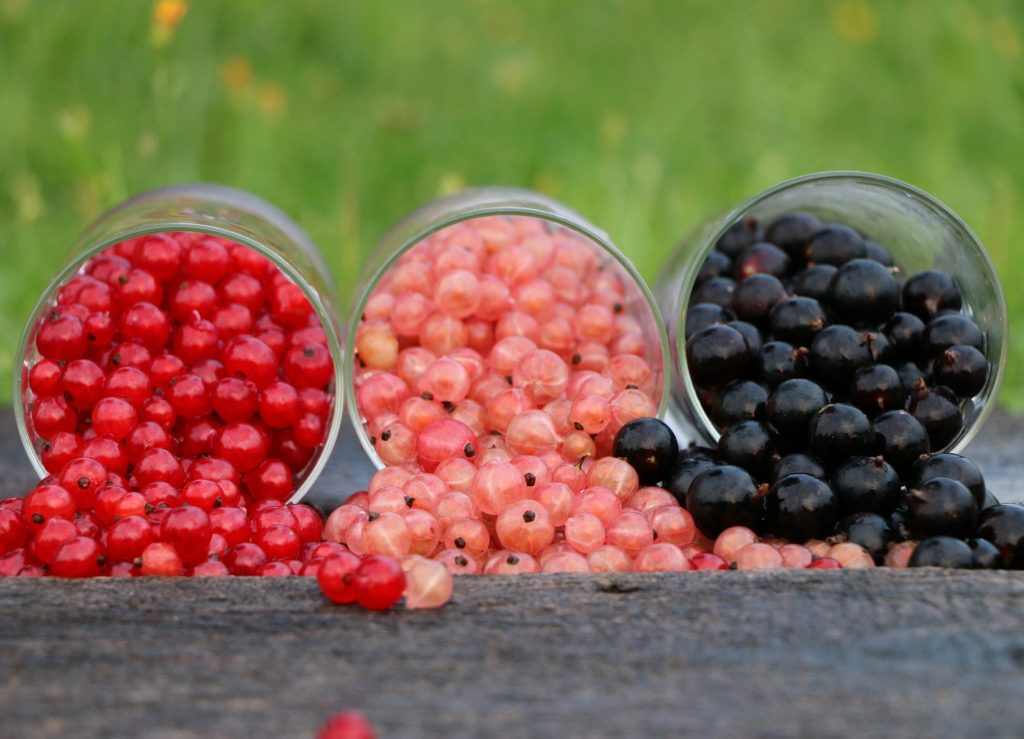
Fruit flavor and size
Time-tested taste leaders are:
- Venus;
- Green Haze;
- The little Prince.
For those who prefer large berries, recognized favorites are more suitable:
- Tamerlane;
- Mermaid;
- Pygmy;
- Wizard.
Weather resistance
Risky farming is gradually spreading throughout Russia. This is due to strong temperature fluctuations in the short period and deviation from the norm. Hail and frost, hurricane and heat test the patience of gardeners. It is important to remember when buying about the level of influence on the plant of frost and drought, as well as the required degree of soil moisture. There are varieties that do not tolerate the proximity of groundwater.
Fruiting
One of the most important indicators that will determine not only the volume of harvesting, but also the collection schedule, the possibility of phased processing of berries.Many summer residents have several bushes with consistent fruiting on their plots in order to avoid crop loss and ensure even conservation efforts.
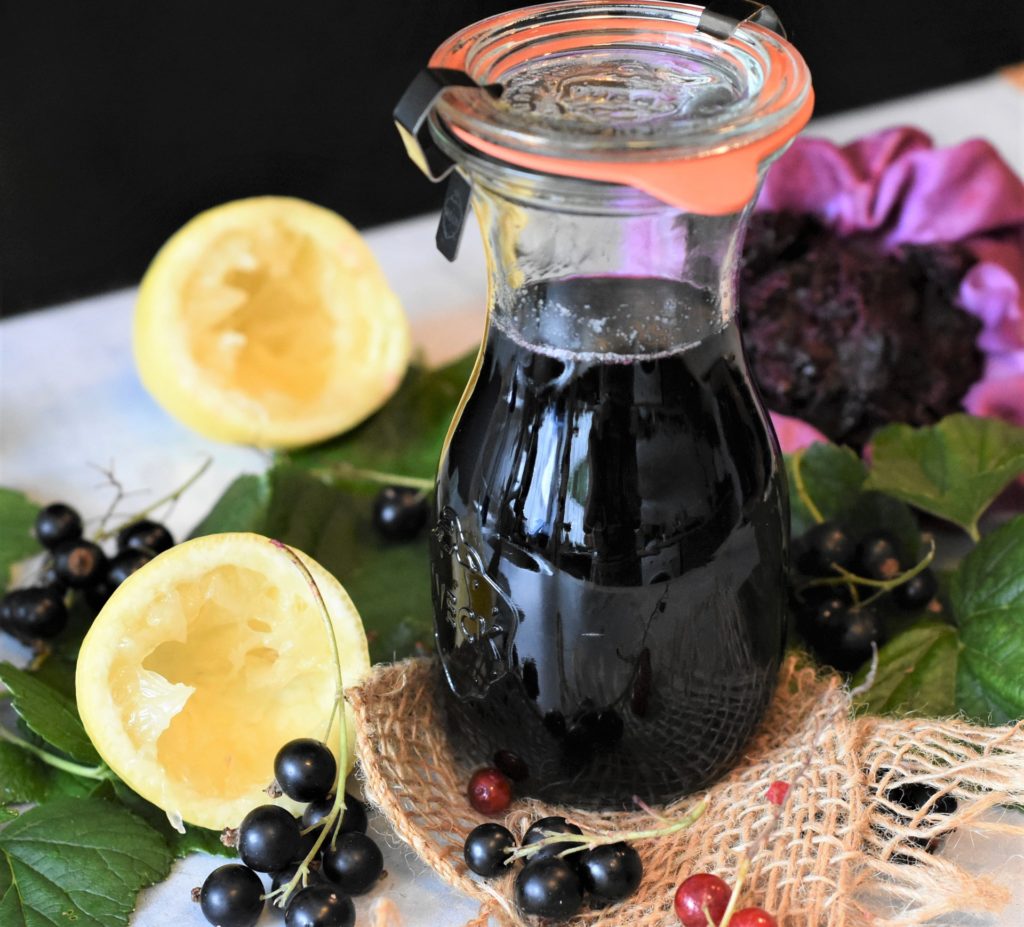
unpretentiousness
Increased plant care involves:
- top dressing;
- treatment from pests, diseases;
- watering;
- crown alignment;
- transplant.
The less worries the shrub requires, the less hassle. And in combination with high productivity, its chances for a place of honor in the homestead are increasing.
Pruning has to be carried out regularly, the active growth of fresh shoots depends on it. And top dressing with nitrogen and organic fertilizers guarantees high taste qualities of fruits.
Currants should receive top dressing at least 4 times a year:
- when opening the kidneys;
- in the middle of July;
- at the end of September;
- at the end of October.
If the bush is exposed to pests or diseases, then it is important to remember the prohibition of treatments during flowering.
seedlings
When choosing seedlings, it is important to pay attention to the roots, which must have strength, elasticity, and sufficient moisture. Usually preference is given to one-year-olds with a height of up to 40 cm and with no damage. Leaves should not have spots, and lignified bases should be in the amount of 3 or more.
spreading
With a shortage of planting space, preference is given to compact bushes with a moderately spreading crown. It is important to remember that blackcurrant belongs to self-pollinating shrubs, while cross-pollination ensures the growth of ovaries of large berries. Therefore, several plants are planted in a row.
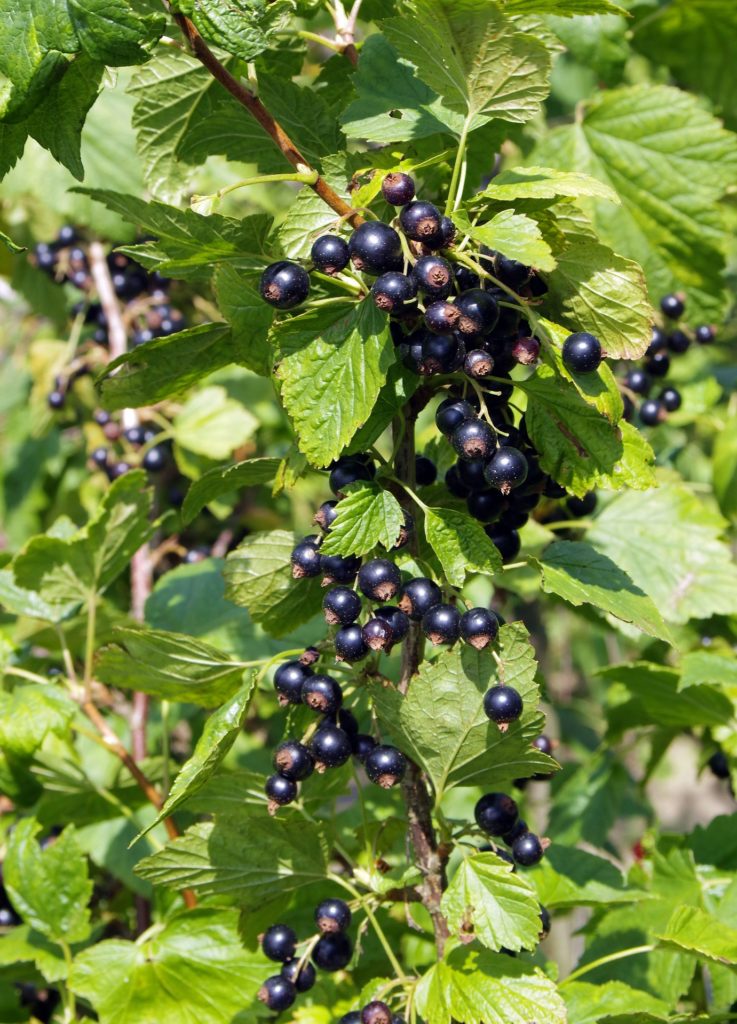
fruiting period
Depending on the care and characteristics of the soil, the plant can bear full fruit for up to 15 years.It is important to take into account the characteristics of the soil and the required cultivation conditions.
| Ripening terms | ||
|---|---|---|
| Variety | Bloom | mature fruit |
| Early | May, start | June mid to late |
| Average | May, middle | June, end + 2 weeks |
| Late | May end | July, middle |
Benefit
To get the daily norm of vitamin C, you need 35-40 blackcurrant berries.
In addition to ascorbic acid, currants contain:
- routine;
- vitamins B1, B2, B5;
- pectins;
- vitamins A and E.
Where to buy seeds and seedlings
The risk in this category of goods when buying in an online store is high. It is impossible to determine all the important qualities and characteristics from a video or photo. Gardeners with experience acquire seedlings at exhibitions and nurseries, having comprehensive information about the manufacturer, the seller.
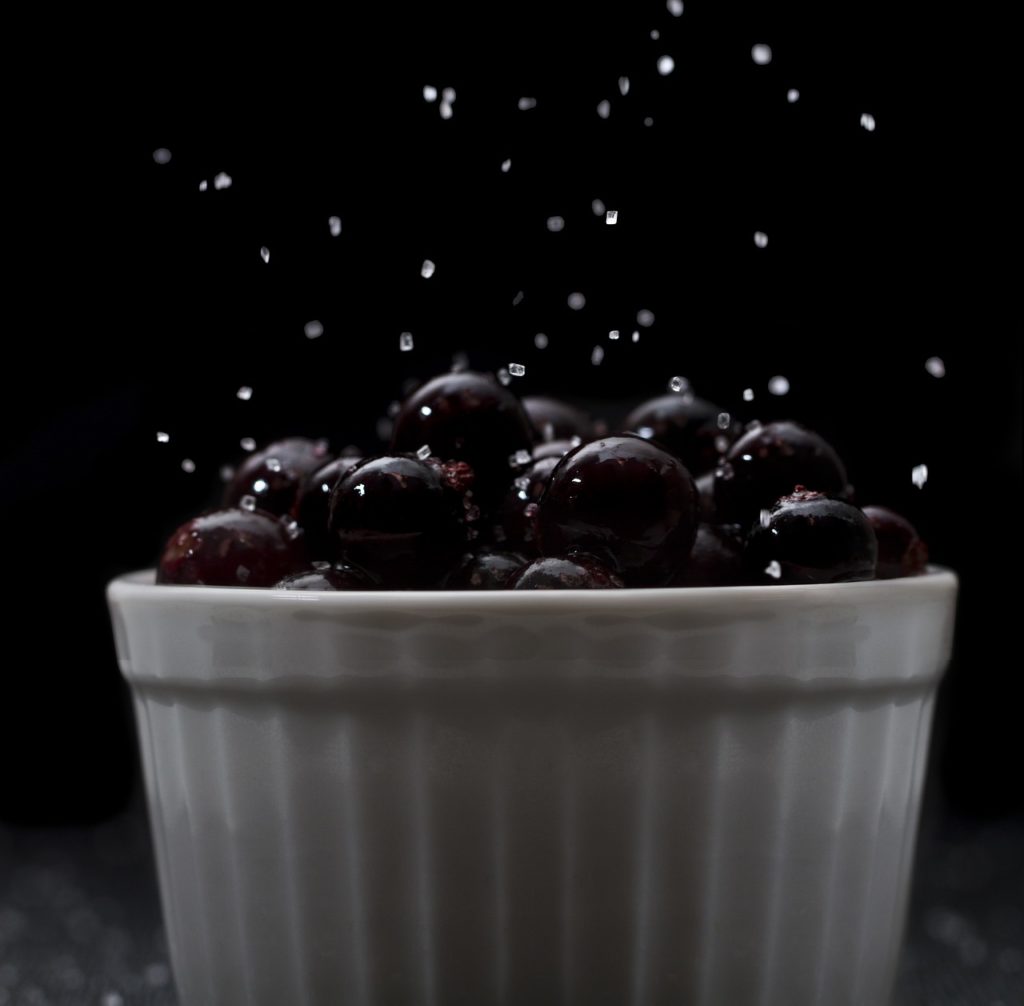
The best varieties of blackcurrant for the Moscow region
There are a number of features of the cultivation of useful plants in the central zone of Russia, which are associated with weather and climatic conditions, and close attention should be paid to them. For the Moscow region, it is recommended to choose shrubs adapted for prolonged cold weather and with the ability to reach maturity before the onset of frost. The soil of the region is also considered to be infertile, which determines the mandatory measures for its fertilization and saturation with useful substances.
Mid-season varieties
Dobrynya
A relatively young type of currant shrub has taken root not only in garden plots, but is in high demand in the industrial economy.
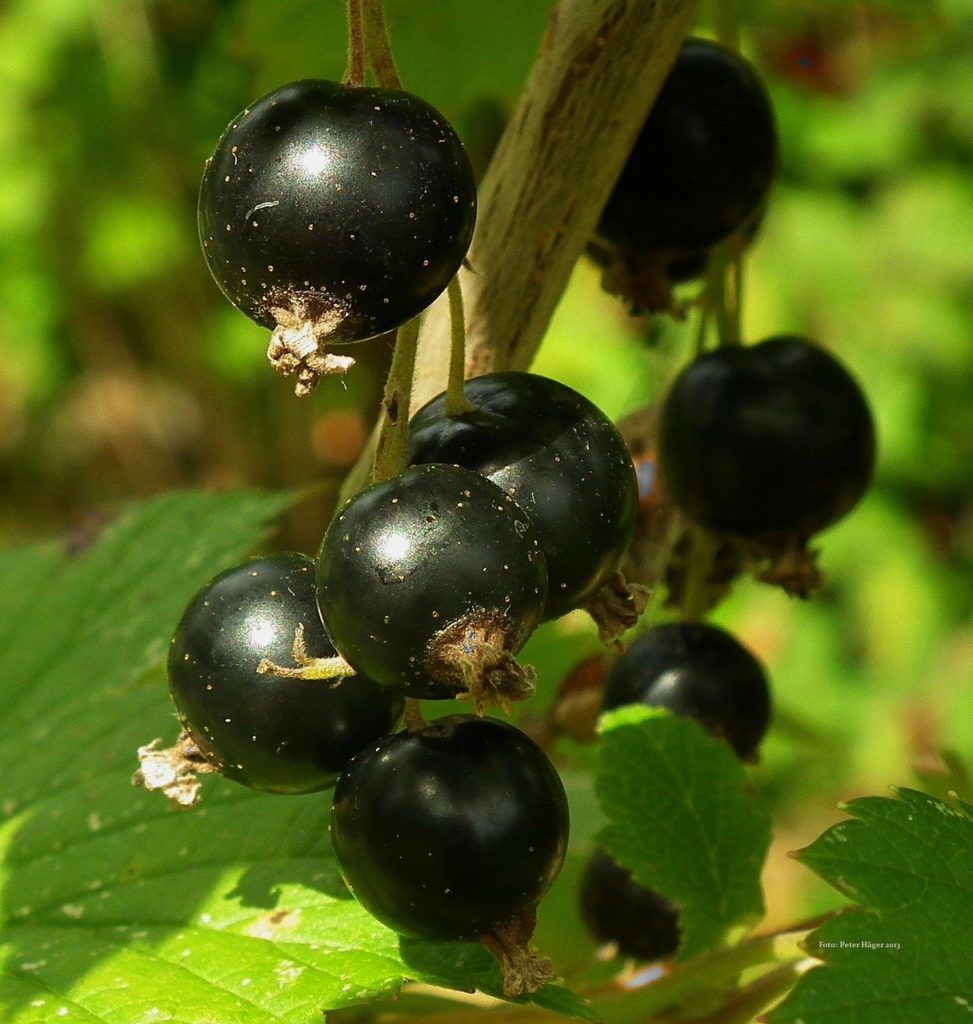
- not susceptible to drought, frost;
- the total characteristic allows you to occupy high positions;
- large-fruited berry up to 7 grams;
- with a pleasant, delicate aroma;
- accentuated sweet taste;
- with elastic, dense skin;
- oval shape of the fruit;
- resistant to pests;
- compact bushes with a height of 160 cm;
- with straight shoots;
- three-blade sheets;
- abundant yield;
- preservation of properties and aroma during transportation.
- maturation in several phases.
Description of fruiting varieties:
Perun
The variety has been known since the 10th century, when monks preferred to grow berry bushes on their farms, but in its present form it was obtained by crossing Bredthorpe.
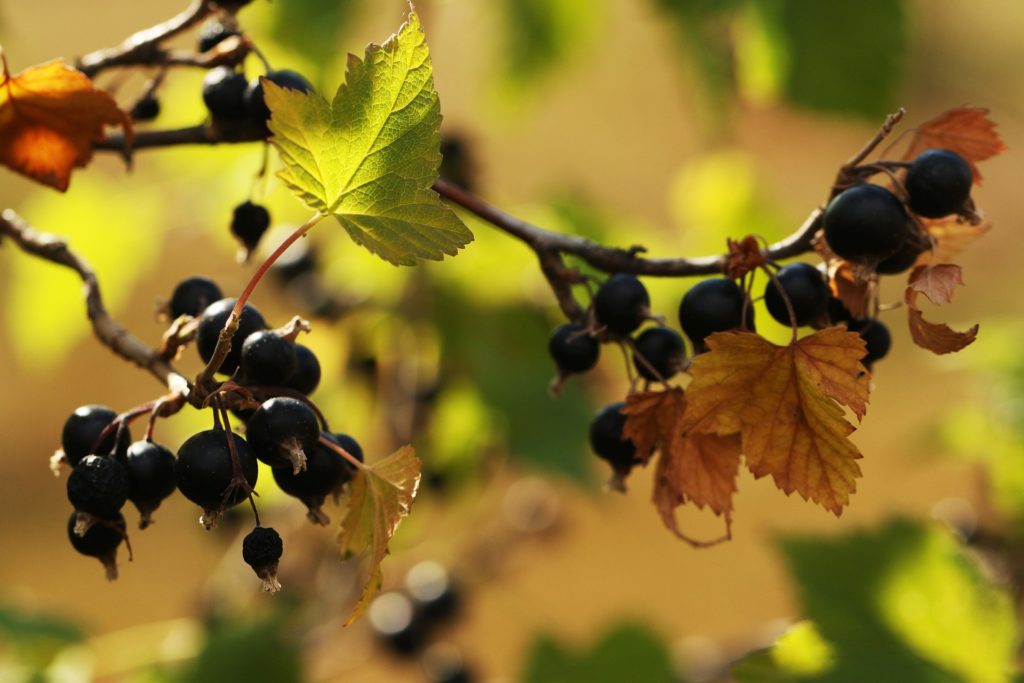
- crown of medium spreading;
- gradual curvature of the shoots as they grow;
- dark green leaves with an average cut between paws;
- the tops of the bush have an anthocyanin color;
- with an average length of the brush;
- 10 flowers on one brush;
- increased winter hardiness;
- resistance to aphids;
- without the threat of damage to the ovaries by frost;
- good accuracy allows you to quickly harvest;
- small range of berries in size.
- requires protection from disease.
pygmy
The long-term fruiting of the shrub has brought the variety to the forefront among gardeners' favorite varieties.
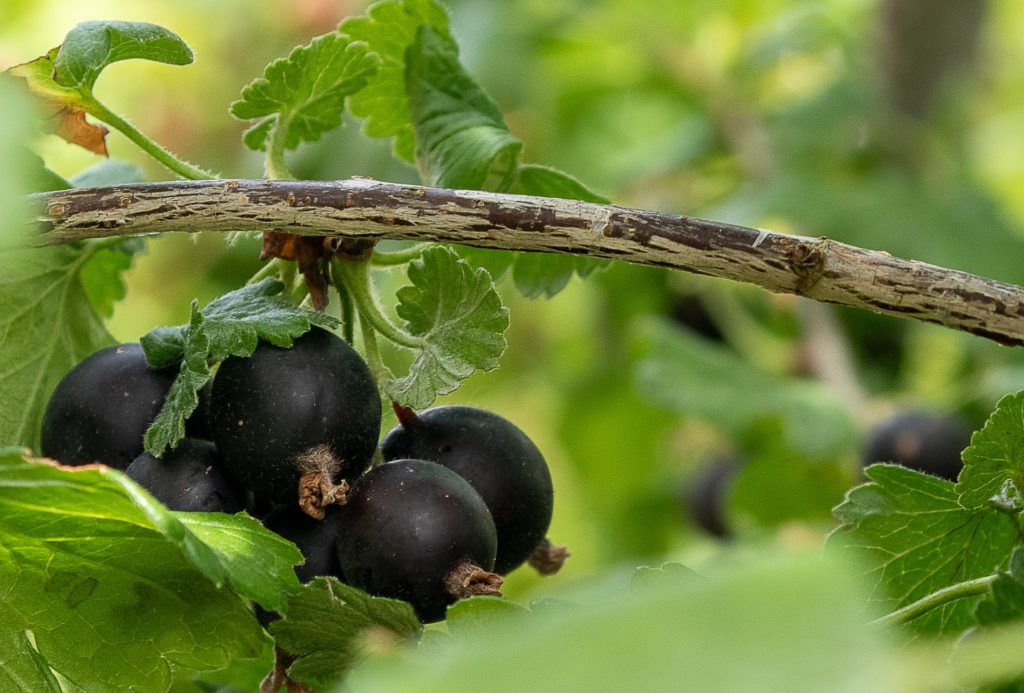
- collection up to mid-August;
- with a pink-green tint of shoots at an early stage;
- saucer-shaped flowers;
- brush for 8-10 berries;
- with an average berry weight of 6-7 grams;
- not afraid of anthracnose, powdery mildew;
- with a sweet taste;
- drought-resistant;
- not afraid of winter cold;
- self-fertile;
- the need for partial shade from sunlight;
- stable annual harvest up to 5 kg;
- flowering period 45 days.
- no immunity to columnar rust.
Video about the features of the variety:
openwork
A relatively young variety, gained fame in 2004 and won the hearts of many summer residents.
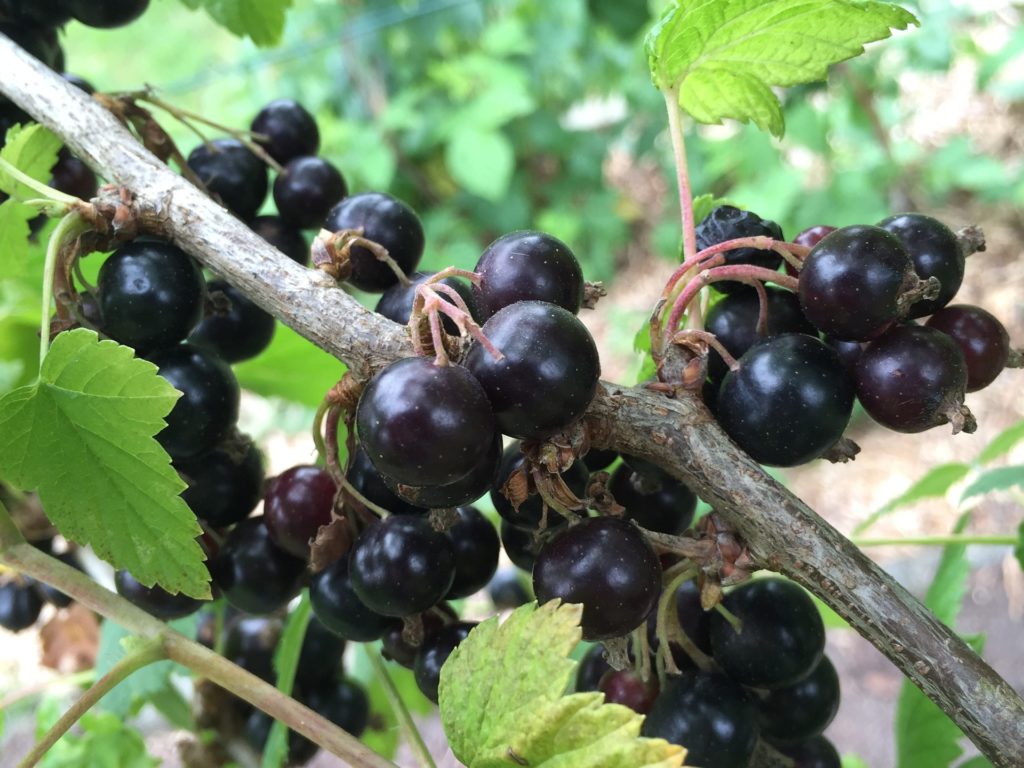
- large fruits;
- without leakage of juice when removed from the stalk;
- black, glossy color;
- uniformity of fruit size;
- thick skin;
- endures frost, cold;
- up to 1.9 kg per bush;
- the bush is compact;
- mechanical cleaning is allowed;
- brushes are not often located;
- if comfortable conditions are not observed, yield fluctuations are observed.
- easy to get sick.
early ripening shrubs
Selechenskaya
A winter-hardy variety with an early ripening period and a stable high yield is known to many summer residents in the Central and Middle Volga regions.
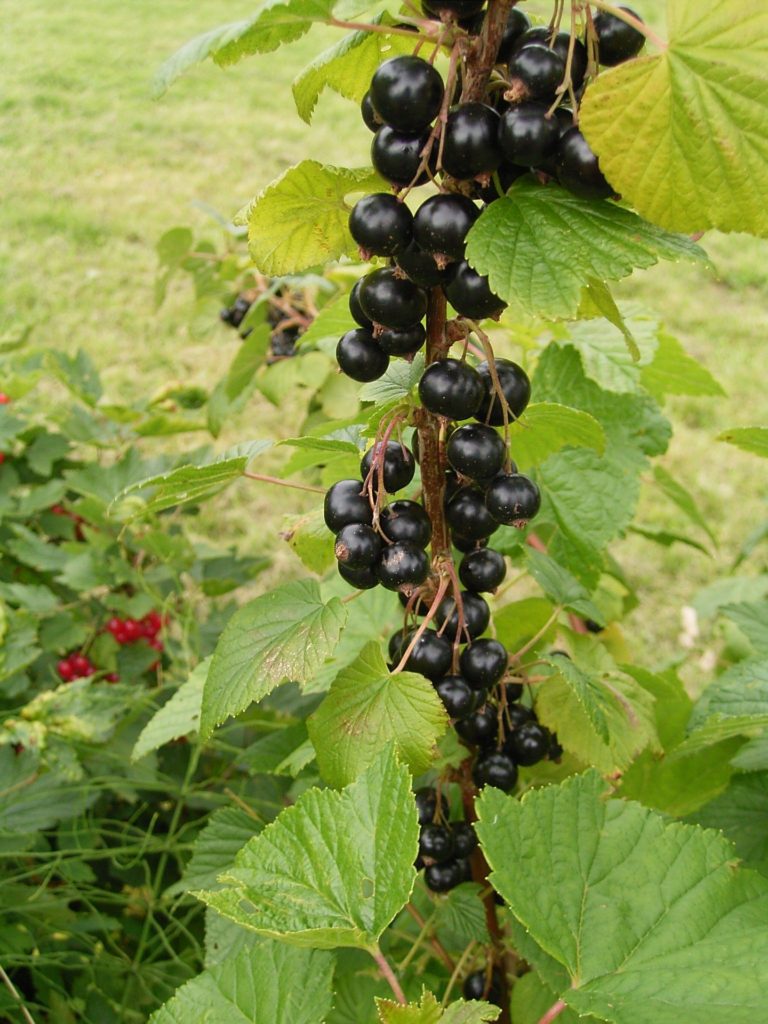
- five-lobed sheets of saturated green color;
- with red-violet sepals;
- brushes for 12 inflorescences;
- with dry separation of the fetus;
- large berry up to 5 grams;
- with a high tasting score;
- has an average heat resistance;
- full ripening does not provoke shedding;
- stable high yields.
- constant soil moisture is required;
- the need for nutrient soil.
Video about the features of the berries of this variety:
Nara
Bryansk scientists registered a new variety in 1999 as a result of successful breeding, and since then the berry has been widely recognized by gardeners and summer residents.
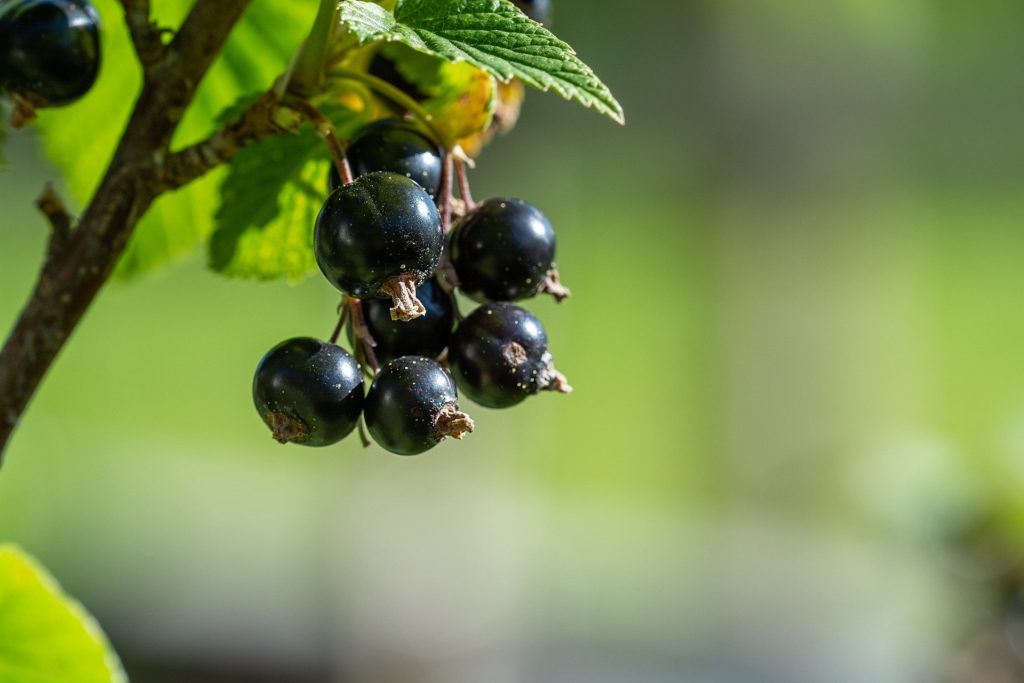
- with an average length of the brush;
- has a universal purpose;
- moderate spreading;
- the height of the bush is average;
- with May bloom;
- in the middle of June begins to bear fruit;
- berry of large and medium size black;
- with a mass of one berry in the range of 1.3÷3.3 grams;
- sweet and sour taste;
- with vitamin C up to 179 mg/%, 6.8% sugar, 2.5% acid;
- rich aroma;
- with greenish flesh;
- recommended for breeding in central Russia and in the Moscow region;
- with a yield of up to 4 kg per bush;
- differs in high winter hardiness;
- with a high level of natural resistance against terry and powdery mildew;
- in some places vulnerable to bud mites;
- affordable price.
- possible loss of part of the flowering due to return frosts;
- prolonged daily low temperature provokes shedding of a moderate proportion of ovaries.
Video acquaintance with the Nara variety:
sybil
Medium-sized bushes produce a good harvest that is easily harvested without juicing or damaging the skin.
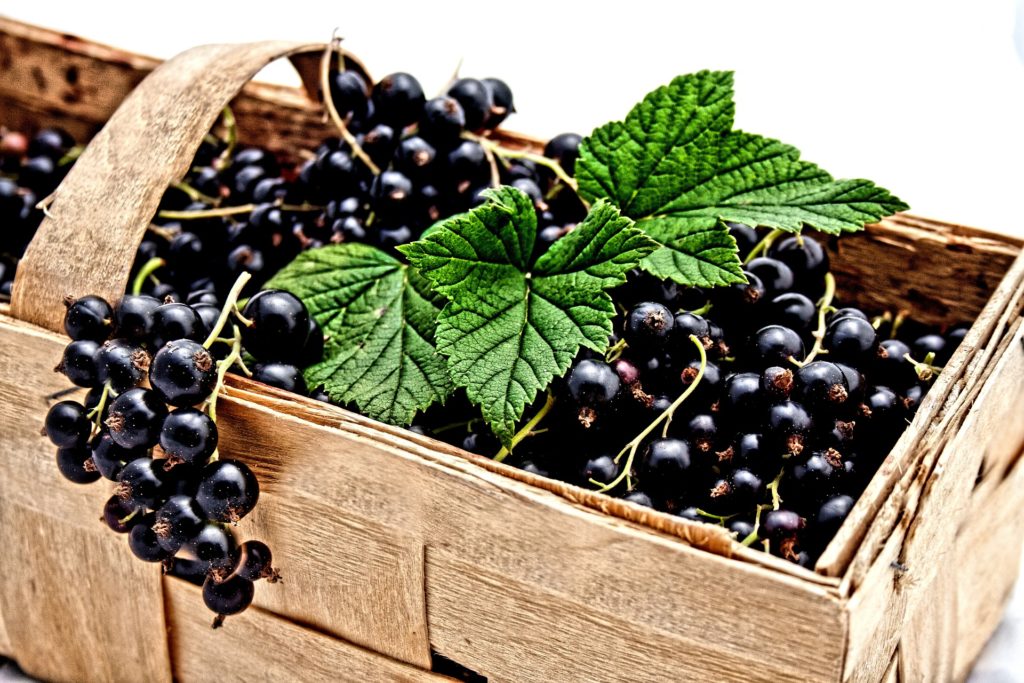
- self-fertile plant;
- berries up to 5 grams;
- with yellow-green flesh;
- sweet and sour taste;
- mechanical collection is allowed;
- if there are other varieties in the neighborhood, the fruits increase in size due to cross-pollination;
- without fear of drought and drying;
- virus protection.
- no immunity from kidney mites.
- 2 times during the summer it is necessary to cut out dry, damaged fragments.
Viola
The shrub is of Czech origin, has been bred and adapted for mid-latitudes since the beginning of 1987.
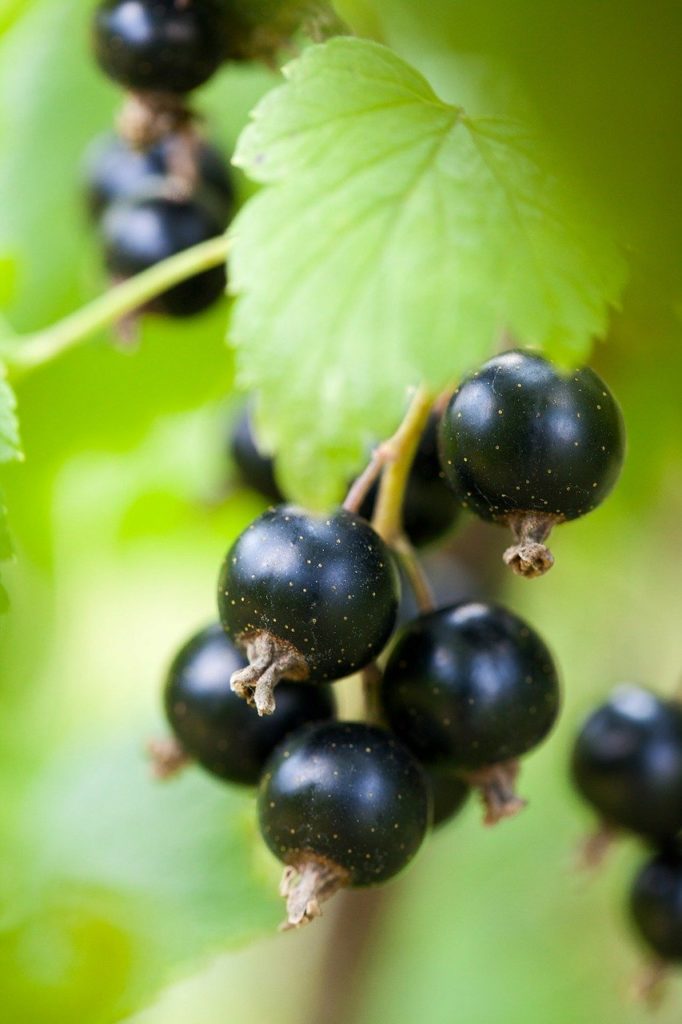
- freely tolerates long-distance transportation without loss of taste;
- the berry is distinguished by a recognizable wax coating;
- has a high yield;
- berries have an enviable uniformity in size;
- with spreading bushes of medium height;
- sweet and sour taste;
- with yellow-green flesh;
- with excellent winter hardiness;
- mostly large fruits.
- does not tolerate drought;
- without treatment, it is susceptible to infection by mold and anthracnose.
Sweet Belarusian
Known to many since childhood, the variety has been leading its garden "dynasty" since 1967.
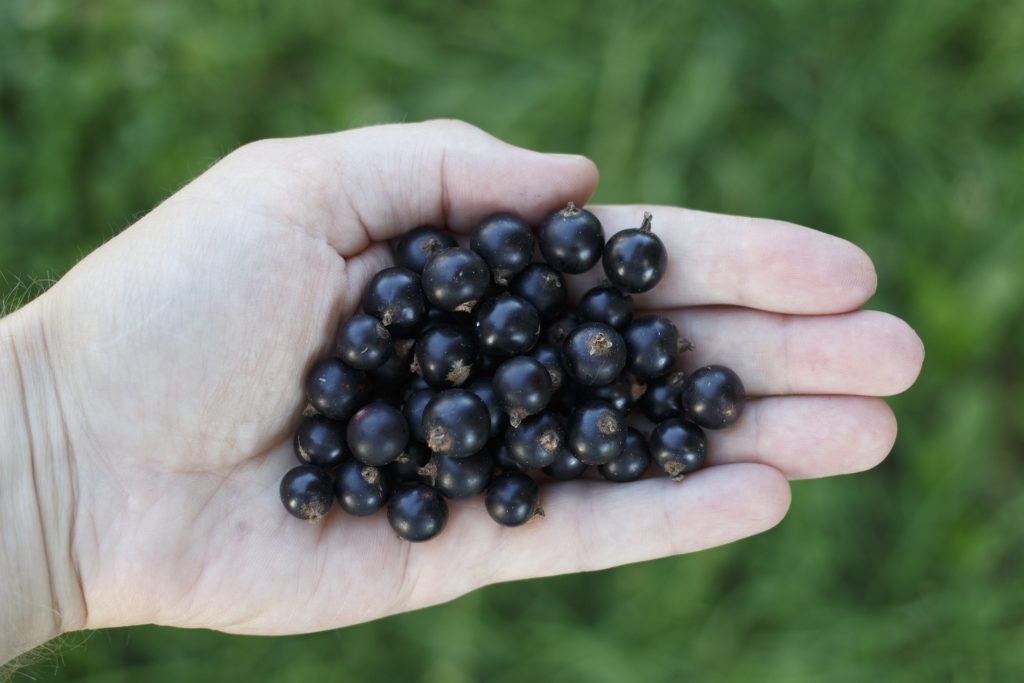
- the species is resistant to infection with a kidney mite;
- an abundance of harvest;
- the average fruit size is 2 grams;
- without flaking under adverse conditions;
- shown for a one-time collection per season;
- with a high sugar content up to 7.5%;
- with a pleasant sweet taste;
- ideal for jams and preserves.
- reduced resistance to fungal infections.
summer resident
One of the sweetest varieties of currants, it has a persistent, rich aroma.
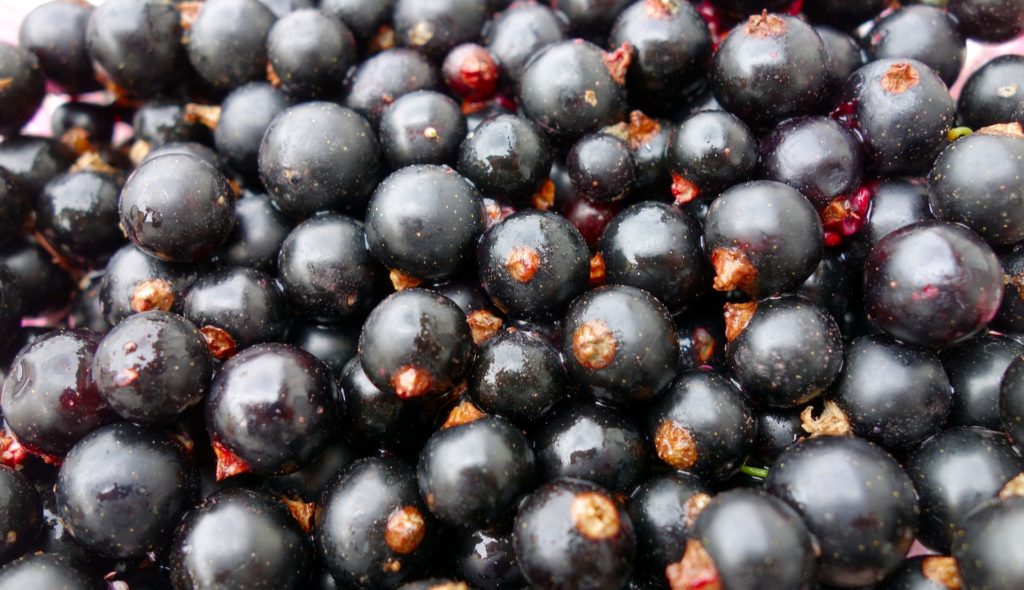
- collection begins at the end of the month of June;
- ideal for preservation and dessert;
- weighing up to 5 grams;
- without pretensions to careful care;
- lack of acidity;
- cold-resistant look;
- with a friendly plentiful harvest;
- moderate branching;
- high resistance to all types of diseases;
- refers to undersized shrubs;
- high watering requirement.
- cold weather with insufficient sunlight retards aging.
Video about the features of the variety:
Bagheera
The species with an annual stable yield was obtained at the VNIIS named after Michurin I.V. and found its place in the State Register in 1994.
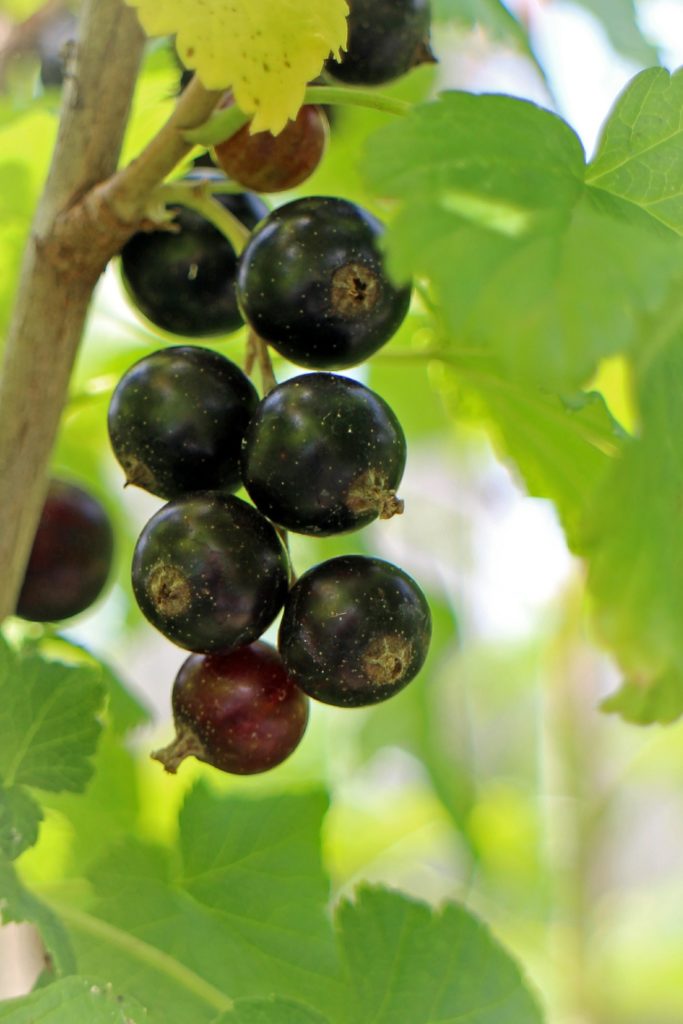
- is an enviable storehouse of vitamins;
- with stable quality characteristics;
- is especially popular with phytotherapists;
- not capricious to climatic conditions;
- height up to 2 meters;
- medium spreading;
- moderate intensity of leaf staining;
- the fall rate is low, with wintering on the leaf phase;
- unpretentiousness;
- floors with black glossy color;
- brush reaches up to 7 cm in length;
- gives up to 5 kilograms of yield;
- long preservation of aroma;
- with resistance to anthracosis.
- subject to rust.
Late varieties
Orlovsky waltz
A large-fruited shrub is especially revered by gardeners for the complex of its properties obtained by crossing the breeds "Ruffy" and "Lazy".
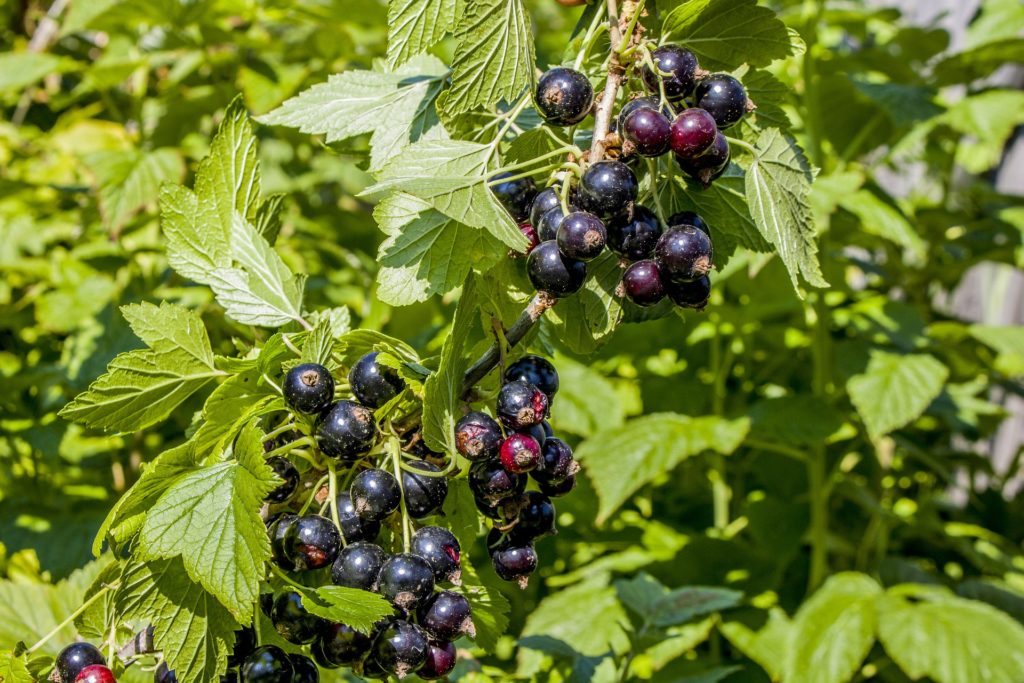
- not subject to adverse conditions;
- crop stability;
- spreading crown;
- blooms at the end of the first decade of May;
- self-fertile;
- fruits keep until the beginning of August;
- high productivity;
- berry up to 3.5 grams;
- heterogeneity of the fetus;
- with thick skin;
- corrugated sheets;
- average density of short brushes.
- Requires well-drained, aerated soil.
Video about this variety of currant:
Gulliver
The young variety has been known to gardeners since 2000 and is a favorite among its brethren in terms of ascorbic acid content.
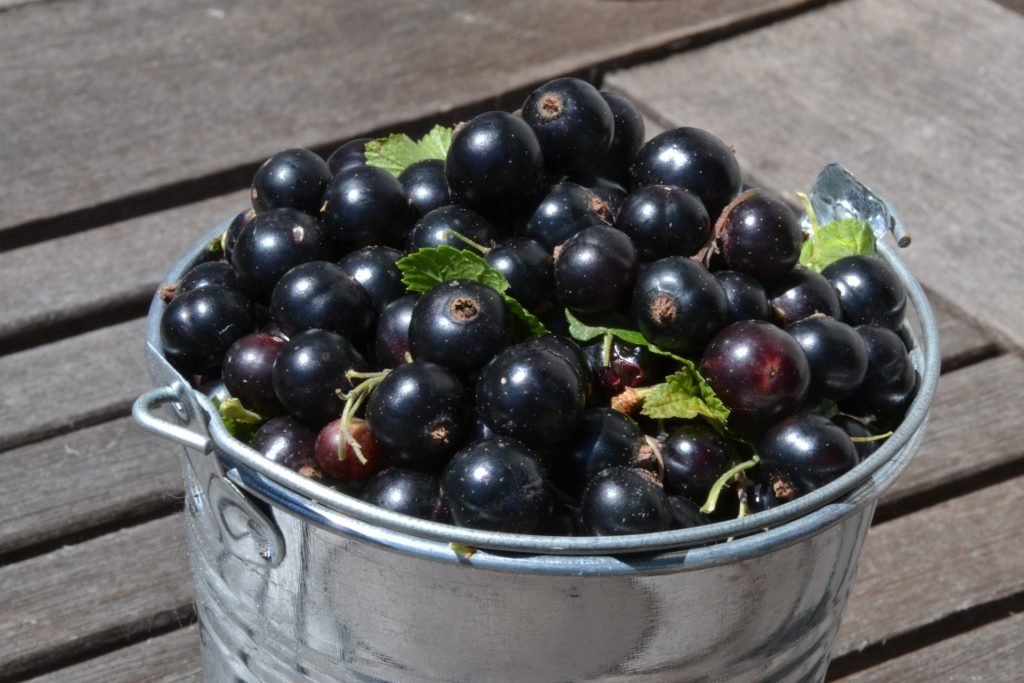
- unpretentiousness;
- productivity;
- taste richness;
- persistent aroma;
- provides a rich taste of compotes, fruit drinks, jams;
- large and spreading shrub;
- contains up to 17 inflorescences per brush;
- rounded, large fruits;
- shiny, black berry color;
- thick skin;
- resistant to temperature changes.
- grows to large forms.
Lazy person
Long breeding developments have brought rich characteristics to the variety.
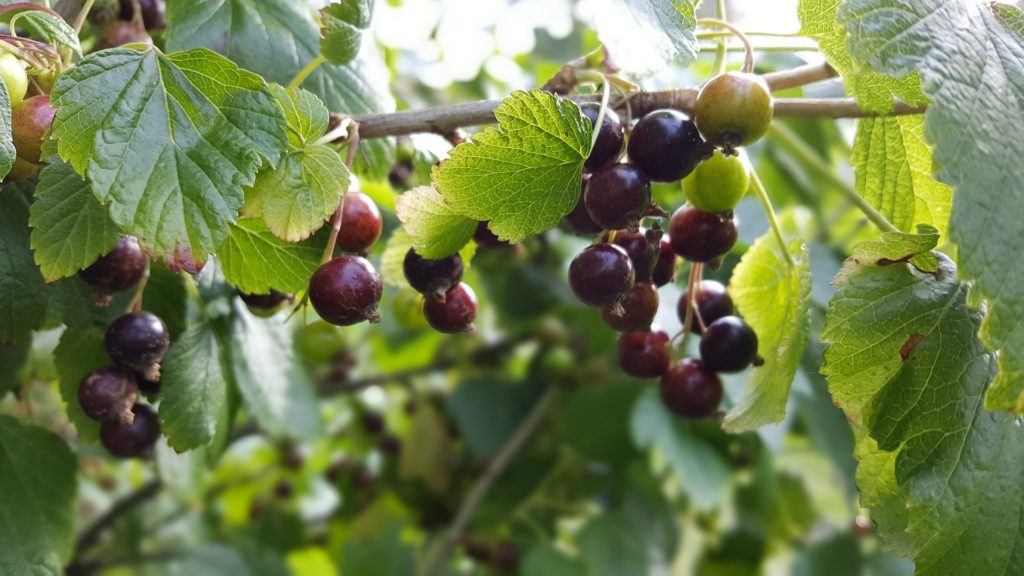
- the stems have a uniform thickening;
- reddish sepal;
- oblong brush 9 cm long;
- August fruiting;
- thin skin;
- with rich pulp;
- the correct rounded shape of the fruit;
- winter hardiness;
- self-pollinating variety;
- versatility of use.
- partial crumbling.
Video about shrubs of this variety:
Raisin
The widely known currant variety was bred in the 90s of the last century and is distinguished by an abundance of crops and compact forms.
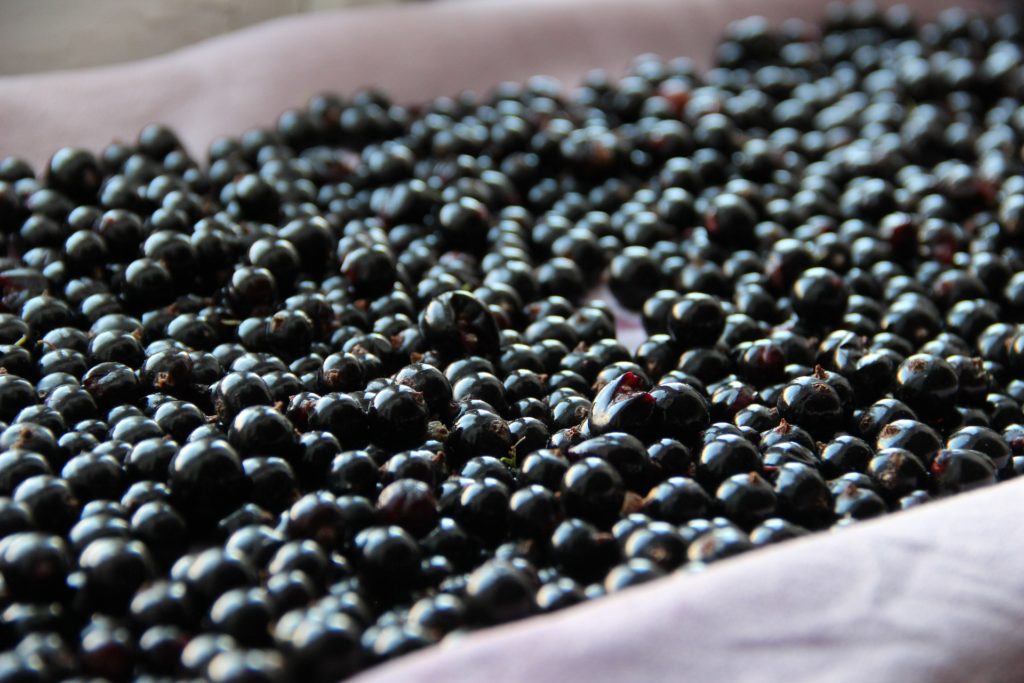
- non-spreading bushes;
- moderate height up to 1.5 meters, convenient for picking berries;
- not afraid of spring frosts;
- drought resistant;
- with long brushes of 12 ovaries;
- rounded shape and deep matte color;
- exceptional taste characteristics;
- without shedding;
- up to 2 kg of berries from a bush;
- when unpicked berries dry, they have the appearance of raisins with the preservation of useful properties and aroma;
- not afraid of powdery mildew.
- does not like wind and waterlogging.
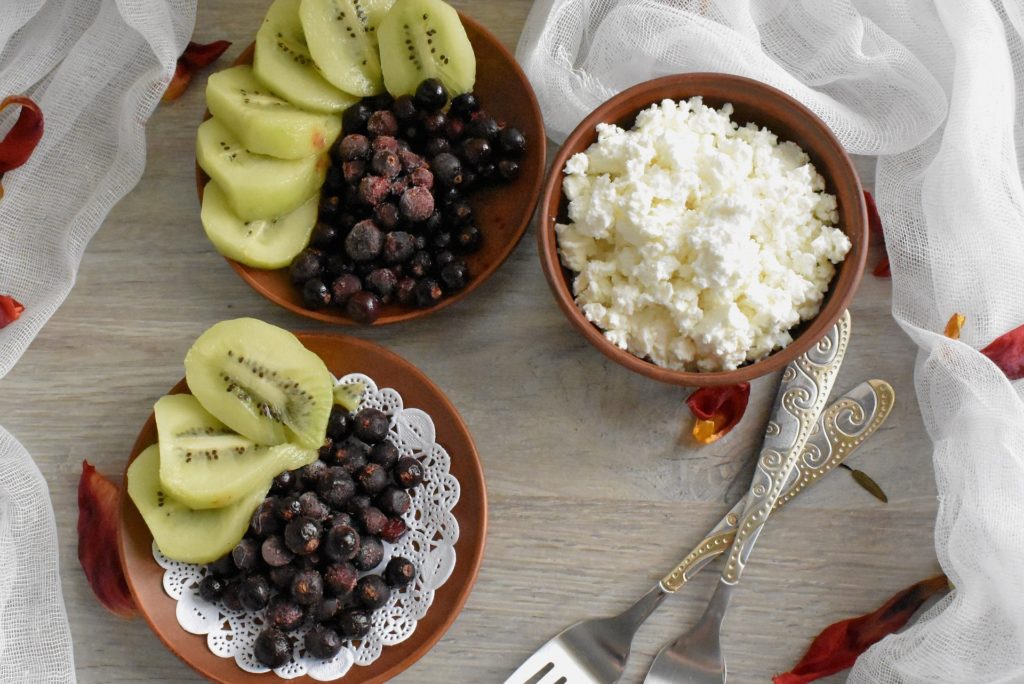
Conclusion
Black currant is a shrub rich in vitamins and beneficial properties, the fruits and leaves of which can be used fresh and preserved. The modest size of the bushes, high yields, excellent taste, aroma preservation - a small list of the advantages of this noble plant. It remains only to decide on the variety and planting site, and nature will do the rest.
new entries
Categories
Useful
Popular Articles
-

Top ranking of the best and cheapest scooters up to 50cc in 2022
Views: 131650 -

Rating of the best soundproofing materials for an apartment in 2022
Views: 127689 -

Rating of cheap analogues of expensive medicines for flu and colds for 2022
Views: 124517 -

The best men's sneakers in 2022
Views: 124031 -

The Best Complex Vitamins in 2022
Views: 121938 -

Top ranking of the best smartwatches 2022 - price-quality ratio
Views: 114978 -

The best paint for gray hair - top rating 2022
Views: 113393 -

Ranking of the best wood paints for interior work in 2022
Views: 110318 -

Rating of the best spinning reels in 2022
Views: 105327 -

Ranking of the best sex dolls for men for 2022
Views: 104365 -

Ranking of the best action cameras from China in 2022
Views: 102215 -

The most effective calcium preparations for adults and children in 2022
Views: 102010
